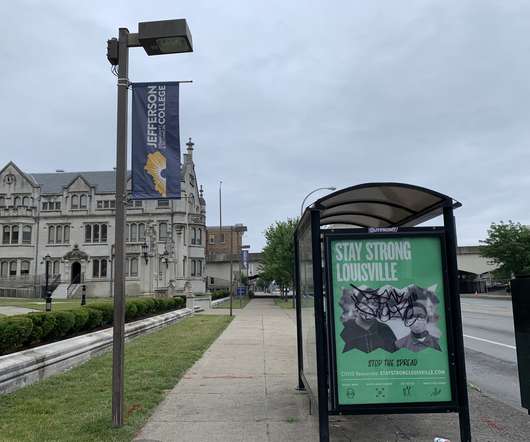OPINION: Why school ratings can backfire
The Hechinger Report
OCTOBER 21, 2021
At least that is the conclusion I reached after looking at data on more than 400 traditional public middle schools in New York City, where the rankings are dominated by students’ absolute proficiency levels. At the K-12 level, we have seen how school ratings can boost or depress property values and shift who seeks to enroll in a given school.















Let's personalize your content